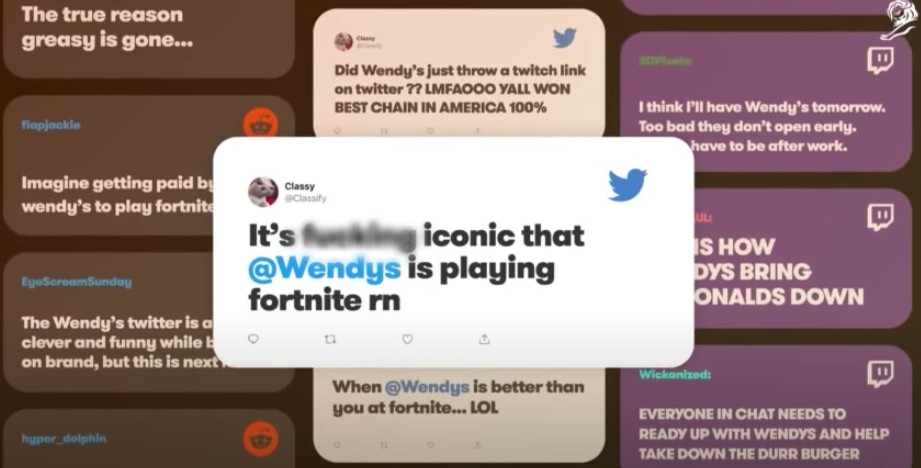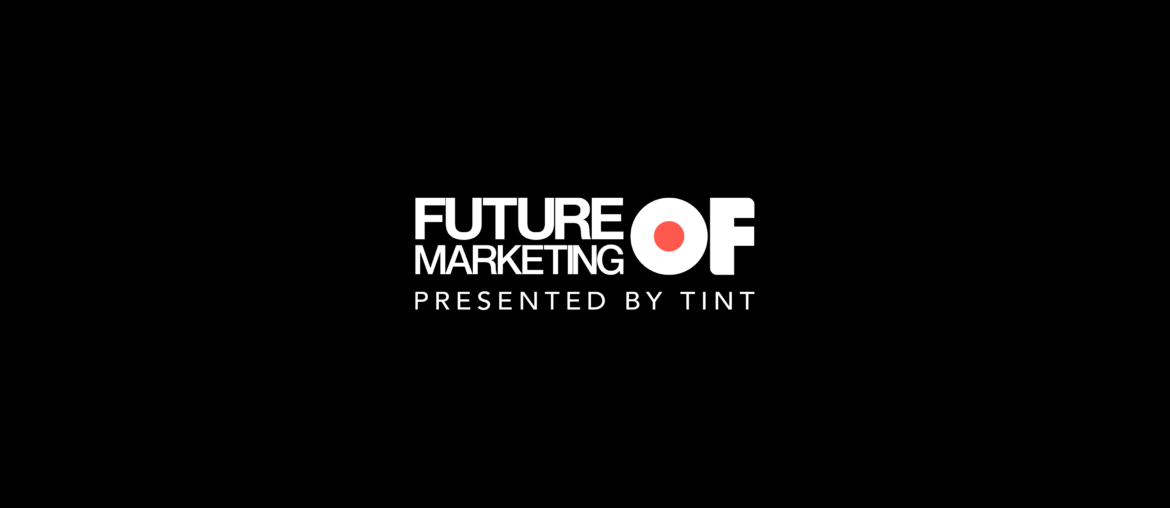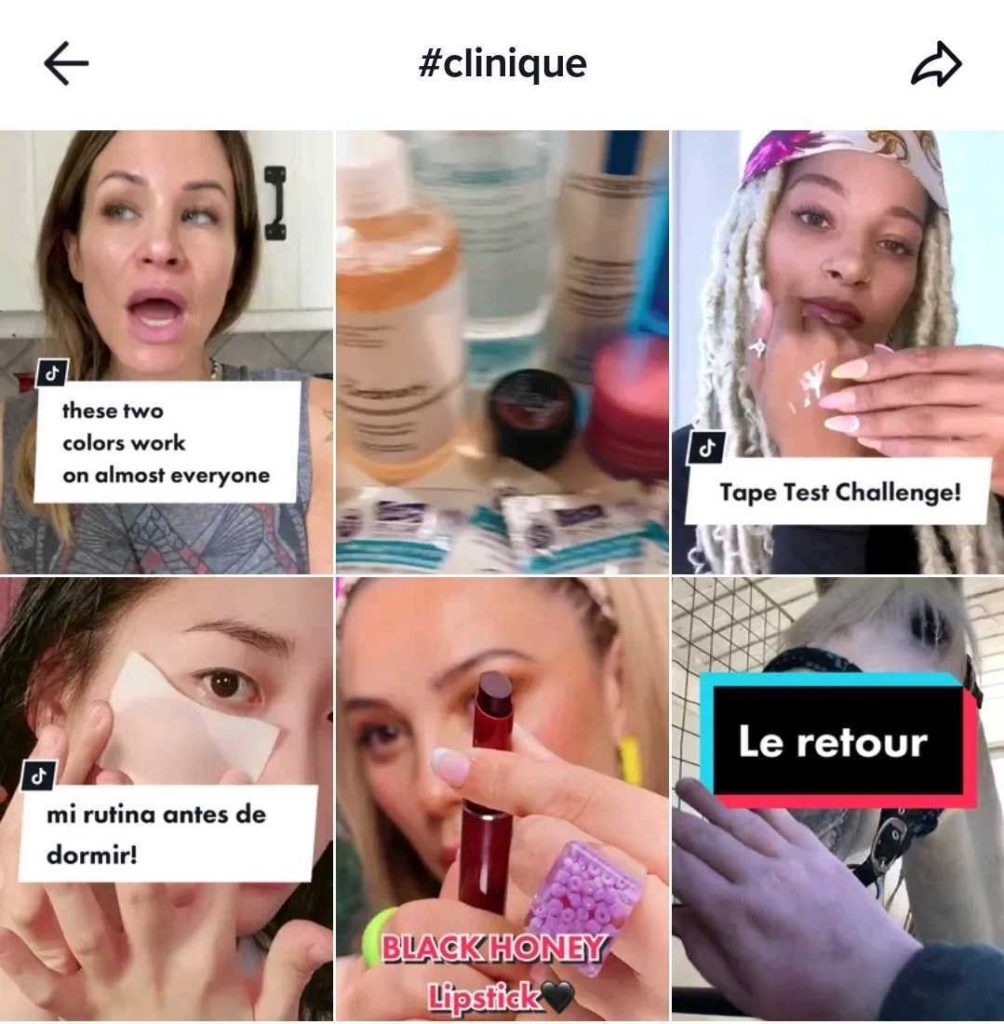This content originally appeared on November 4, 2021 as part of the Future of Marketing weekly email series. Subscribe here.
Welcome to Future of Marketing.
Each week, we send you the most relevant trends, resources, and strategies in social and user-generated content (UGC) from leading marketers and brands around the globe.
Today, we’re discussing:
- What the Metaverse means for marketing
- First-mover advantages in the Metaverse
- #BrandCrush: Clinique 💘
What the Metaverse means for marketing
NFTs. Cryptocurrency. Virtual events. Web 1. Web 2. And now… Web 3 and the Metaverse.
“The customer of tomorrow is in the virtual realm. If we look back at Web 1.0, Web 2.0, the internet was experimental at one point,” shared Michael Patent, founder of Culture Group.
“Then it became a place where some brands were successful, then it became a place where you had to be, and now it’s the primary form of communication for most brands. We’re going through that same process. In the first iteration of the internet, that took 10 years. I think now that process is going to take 12 to 18 months.”
“Metaverse” has been circling around for some time now – but Facebook’s rebrand to “Meta” caused more buzz around the virtual future than usual. On TikTok, alone, #metaverse and #meta already have over 265 million and 1.4 billion views, respectively.
The fact that you’ll be able to clothe, feed, and style your avatar will welcome new opportunities for brands and user-generated content, as the metaverse welcomes newfound creativity and human expression.
Early adopters are now aiming to make their mark before the virtual world becomes more integrated into society – and as capturing people’s attention grows even more challenging.
Brands across various industries – from the NFL to Balenciaga – have already started engaging fans within virtual games like Animal Crossing and Fortnite. For example, last year, food delivery service Deliveroo had virtual riders deliver virtual treats to players, and included promo codes to order food in the real world.
Gucci also released signature clothes and goods in Roblox, and it’s now predicted that more retailers will use the virtual world to launch new collections and capture feedback before physical production.
First-mover advantages in the Metaverse
Getting recognized as the “first” to accomplish something creates a long-term halo effect, where people are more likely to judge a brand favorably in the future. However, only brands with deep pockets could enter such a volatile market in the first place – and survive before experiencing the long-term advantages of early adoption.
“If your first moves are thoughtful and well done, you’re able to raise the expectations that your consumers have of you,” shared Tessa Conrad, TBWA’s Asia Head of Innovation.
“Also being first means you get to have more PR, make more ‘ownable’ moments, work out the kinks before everyone else tries it, get top partnerships locked-in and figure out the effects on your wider experience outside of the metaverse.”
Let’s reference Wendy’s, for example. Wendy’s sent an avatar resembling their mascot into Fornite to destroy all the freezers after noticing a burger restaurant in the game kept its virtual beef in freezers. Considering Wendy’s is all about “fresh, never frozen beef,” the brand saw this as an opportunity to promote its fresh beef – a tactic which increased brand mentions on social media by 119%, won eight Cannes Lions, and gained more than a quarter of a million live Twitch stream views.
They even repurposed some of the user-generated content that poured into social to create this promo video:

Brands that will succeed in this new environment are those with a highly engaged and loyal community. If you already have that, then this is your chance to make your mark and gain market share as the metaverse evolves – but if not, it’s time to prioritize community-building and study what top brands are doing.
What we’re learning
- What is User Generated Content: the Complete Guide to UGC
- Now on the Podcast: An Interview with Tim Horton’s Director of Digital and Social, Youri Hollier
- Roblox Believes User-Generated Content Will Bring Us The Metaverse
- Instagram Makes Links in Stories Available to All Accounts
- You Can Now Share Instagram Links on Twitter and Preview How Posts will Appear
#BrandCrush: Clinique 💘
Clinique unveiled its first set of limited-edition NFTs – but instead of bidding on them like people usually do, Clinique is launching a contest to give away one of three NFTs to three inspiring participants who answer, “how do you bring hope and optimism to the people around you, and who brings a smile to your face?”
Clinique is encouraging fans to tag their submissions on Instagram, TikTok, or Twitter with the hashtags #MetaOptimist, #Clinique, and #Contest. By getting fans to tag their brand, Clinique can later source this user-generated content and repurpose it across their marketing channels to boost brand loyalty and engagement.
Winners will also gain early access to the currently sold out (and TikTok viral) Black Honey Almost Lipstick, along with an assortment of products once a year for the next decade.
Clinique is the first brand among Estée Lauder Companies to experiment with NFTs – which shows us exactly what it means to be an early adopter.


